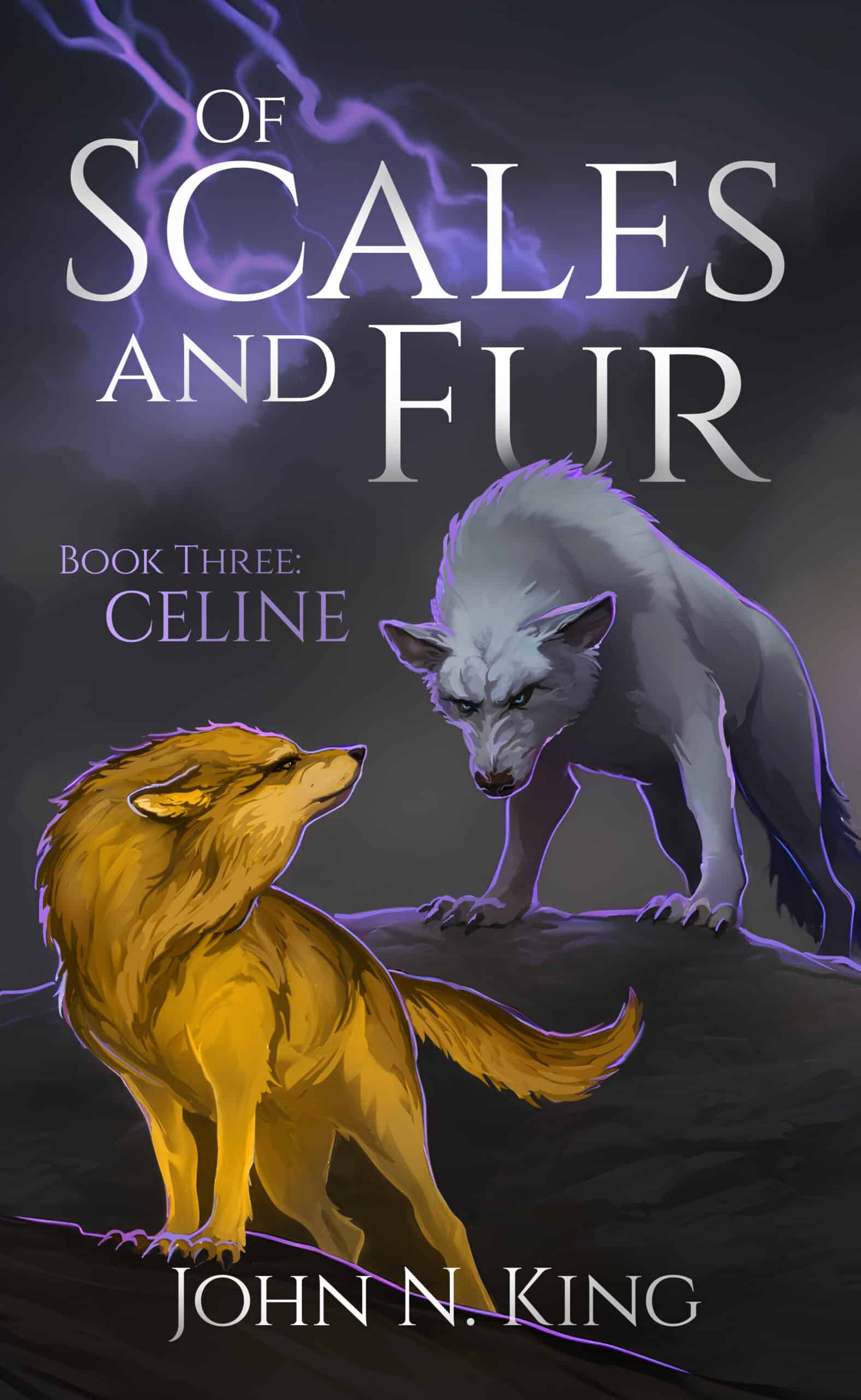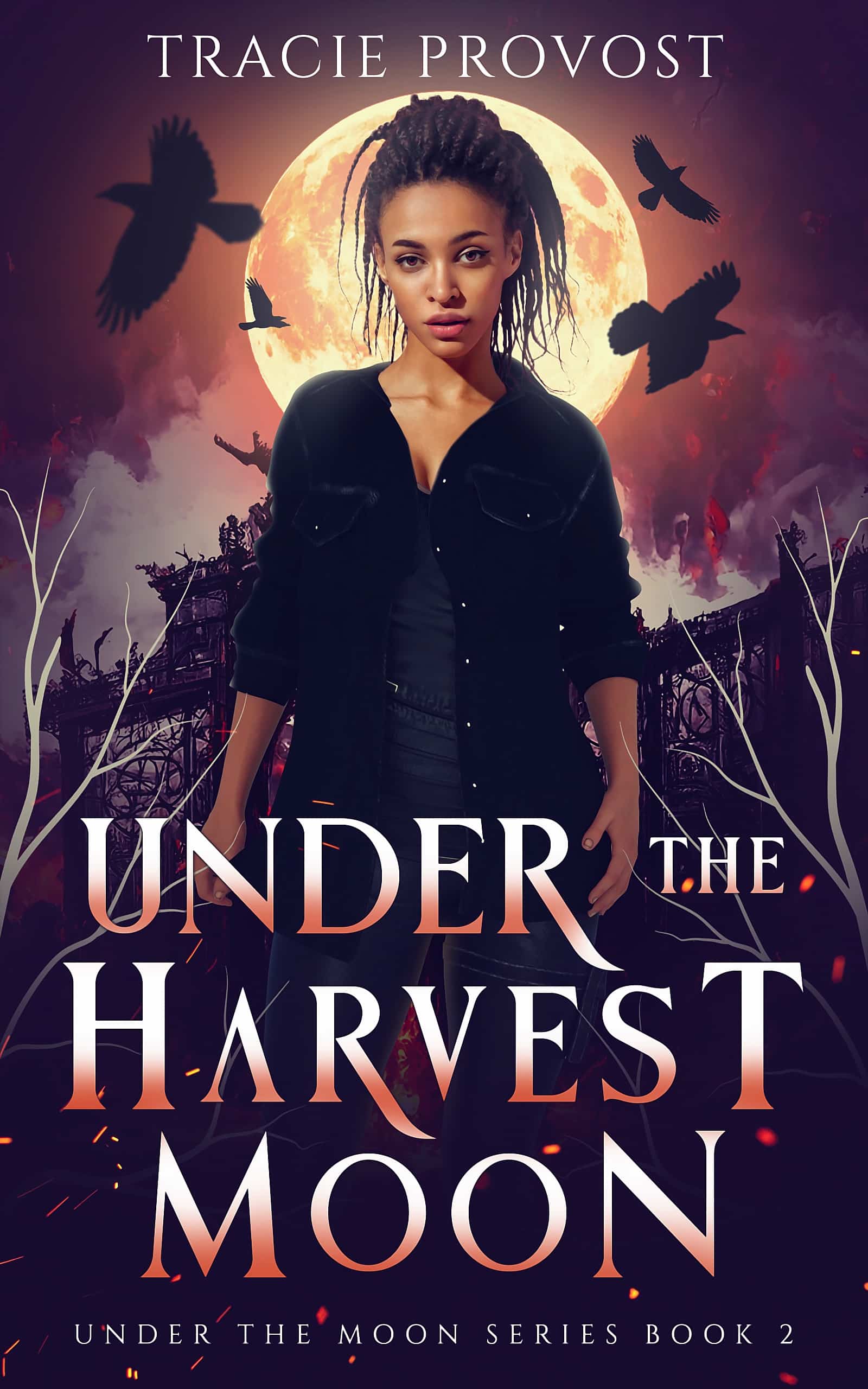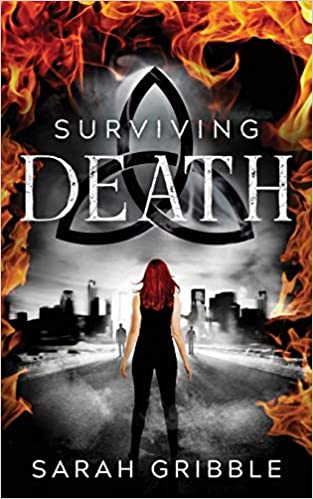
by Jeff Elkins |
‘Tis the season of holiday parties, children’s winter concerts, filling our schedules to the brim, visiting with family, eating too much, and drinking more than we should. With all of that going on, it can be difficult to stick to our writing regimen.
When we are tired, inspiration feels like a mirage. We feel as though it is just a little bit ahead of us, but with each step we take, it takes a step away. Writing during the holidays can be tough.
Sometimes, the thing we need to get our juices going is a writing challenge.

by Jeff Elkins |
You’ve been thinking about it for months, promising yourself that when it arrives you are finally going to knuckle down and write your manuscript. Then you realize, you have no idea how to prepare to write a book.
It doesn’t matter if you visit your favorite coffee shop or have the best book ideas in the world, if you don’t figure out your ideal writing process, it’s unlikely that you’ll actually finish your entire book.
If you want to be a successful writer, start your book writing process by evaluating your creative process and when and how you produce the best work.
This may seem overwhelming.
Here’s the good news: You don’t have to just jump into it feet first.
There are things you can start doing right now to set yourself up for a solid writing routine and good actual writing that will do your rough draft (or final draft) justice.
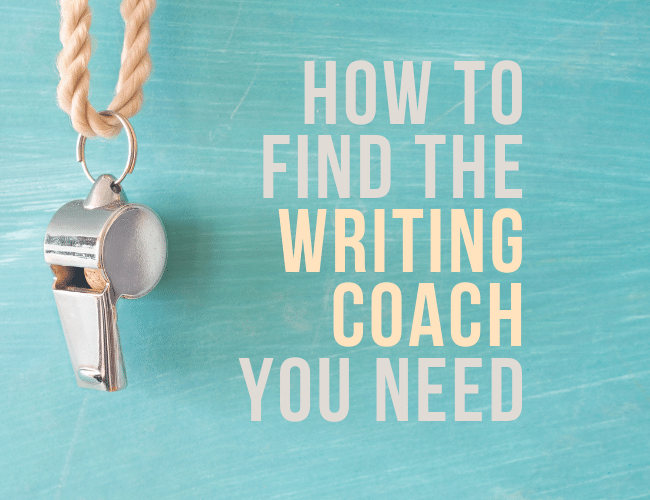
by Jeff Elkins |
Do you have a great idea for a book but you’re not sure what to do with it? Have you ever started writing a book and never finished, or finished it but didn’t know what to do next?
If yes, you might feel frustrated. You also might greatly benefit from hiring a writing coach.
But what is a writing—or book—coach? Do you need to hire someone to finish a book, or can you do it on your own for free?
Whether or not you’re interested in self-publishing a book or pursuing the traditional publishing path, a writing coach will make you a better writer in every step of your writing process.
Learn why a writing coach might benefit your first book, or hundredth, and how to find the writing coach you need.

by Jeff Elkins |
I dream of a day when I can wake up, sip my coffee, write some morning pages, and then work on my latest novel until dinner. Unfortunately for me, and for many of you, that day is not today.
I’ve got kids and a house and bills, so I have to work full-time. Even so, over the past four years, I’ve published five novels, three novellas, and countless short stories.
How do I write books while working full-time? There are five things I’ve had to do to make this a reality.
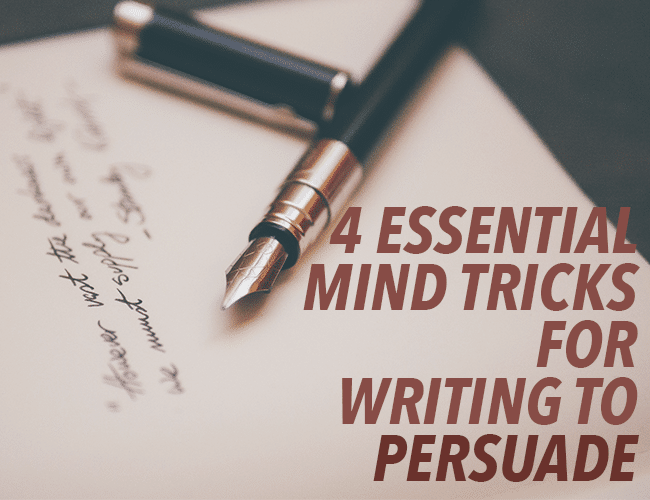
by Jeff Elkins |
Ever have a point you desperately need to make, or a rant you have to pen or you might explode, or an issue you feel is so important you must enter the battlefield of ideas and fight for your side? Whether we write fiction, poetry, or narrative essays, this is true of every writer.
At some point, a topic will come along that you cannot remain silent about. But when that time comes, will you be ready to speak out? Do you know the tools of persuasion?





